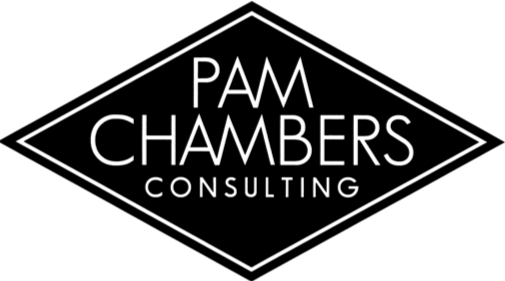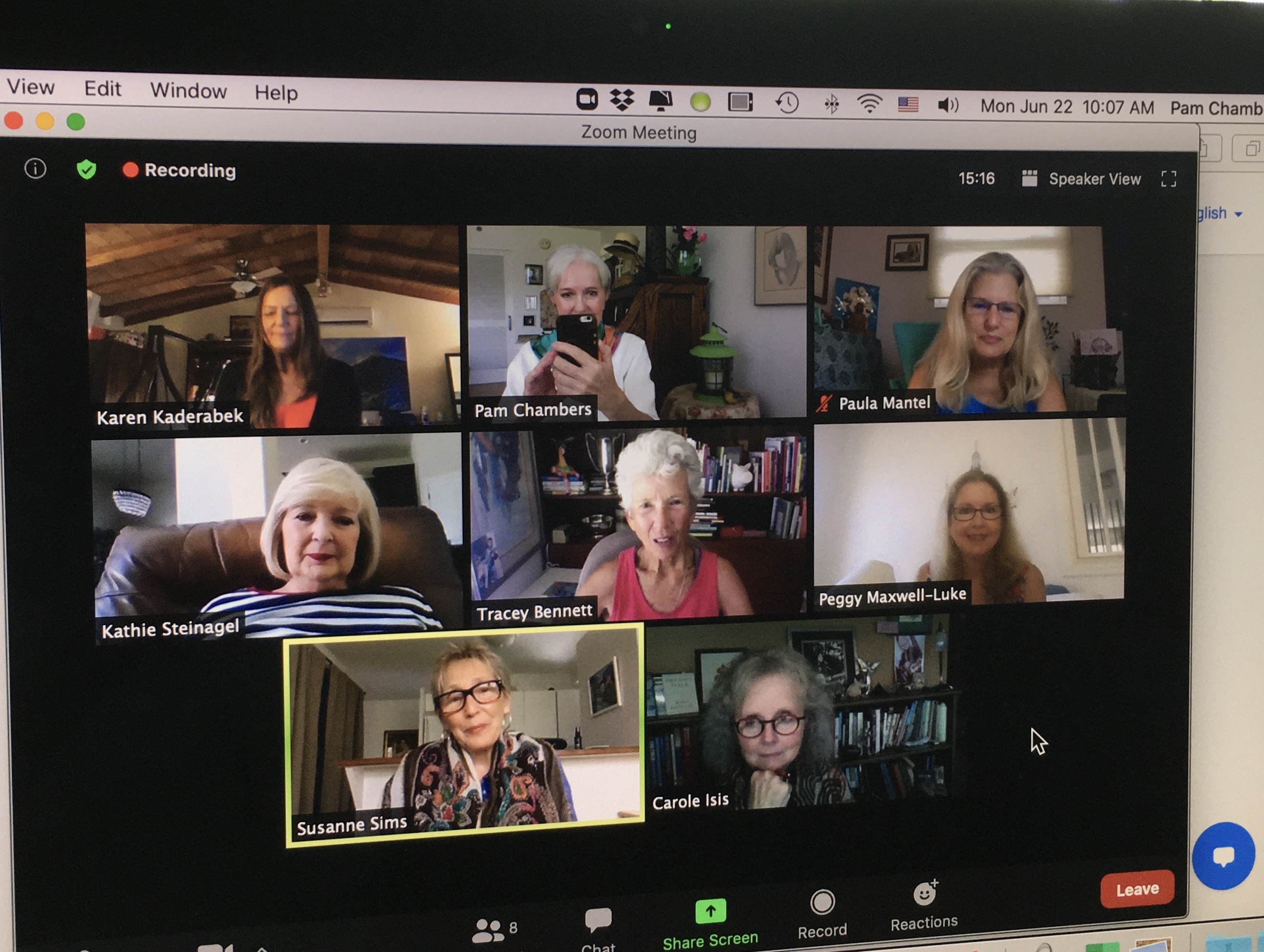
If you are serious about building your business, you need to create a compelling 30-second speech. An “elevator speech” is a mini-presentation about who you are and what you have to offer. It should be delivered in fewer than 30 seconds — the amount of time an elevator ride might require, hence the term “elevator speech.”
A Google search will provide many examples. They are somewhat helpful, but most of then have one thing in common: the use of the pronoun “I,” and scant inclusion of the pronoun “you.”
Here are two examples that miss the opportunity to speak in terms of the other person’s interests.
1. I have a decade of experience in bookkeeping, working primarily with small and midsize firms. If your company is ever in need of an extra set of eyes, I’d be thrilled to be called on.
2. After years of working at other advertising agencies, I’m taking the plunge and opening my own office. If you know anyone who’s looking for some advertising campaigns, I hope you’ll send them my way.
You may wish to impress others with your credentials, but as the UCLA Bruins coach John Wooden famously said, “People don’t care how much you know until they know how much you care.”* People are always listening for what’s in it for them.
Overuse of the words “I, me, and my” doesn’t satisfy that need. You must create a compelling elevator speech!
Most elevator speeches are backwards. If you and I are captive in an elevator and you spend all that time talking about yourself, where do I fit in? All I am is your audience.
Let’s turn this around. Here is my current elevator speech:
Pam: “You know how sometimes people have to speak in front of an audience, and they’re nervous about that?”
You: “Yes, I do!”
Pam: “That’s where I come in. I help people learn to speak with confidence, whether one-on-one, to small groups, or to large audiences. You’d be amazed at the different a few tips and tools can make. And you get suggestions you can use the very same day. May I give you my card in case a need ever comes up for you or your colleagues?”
First, notice the the question I asked yielded a “Yes” response. That’s what you want. You want the other person to be on the “Yes channel.” If I had asked, “Do you enjoy public speaking?” the answer would most likely have been,”Ugh, no!” or, “Not especially.”
These responses fall flat and don’t move the conversation forward in a positive direction. You want to start the conversation with a question that yields the word “Yes.”
Next, notice that my speech was not self-centered. The words “you” and “yours” were used seven times compared with only once or twice in the two samples shown above. People are more interested in themselves than they are in you.
Craft a compelling elevator speech by getting people on the “Yes channel” and using the words “you and yours” more often than “I, me, and my.”
* Wooden on Leadership, John Wooden, McGraw-Hill, 2005



